
Roots
Consider for a moment the profound memory held within each strand, a living archive tracing journeys across continents and generations. This is the truth of textured hair, not merely a physical attribute, but a repository of Heritage, a silent narrator of resilience, resistance, and beauty. For communities of African descent, particularly Black and mixed-race individuals, hair has always been far more than adornment; it is a spiritual conduit, a social marker, and a canvas for cultural expression.
When discussions turn to legislation concerning textured hair, we are not speaking of simple policy adjustments. We are exploring the legal system’s relationship with a living legacy, a sacred connection to ancestral identity that has, for centuries, faced attempts at suppression and control.
The story of textured hair legislation begins not in contemporary courtrooms, but in the oppressive decrees of distant pasts, particularly within colonial frameworks. These frameworks sought to dismantle identity, to categorize and diminish, often targeting visible markers of African heritage. One of the earliest and most vivid historical instances of this legislative assault on Black hair in the Americas unfolded in late 18th-century colonial Louisiana.
Here, the opulent hairstyles of free Black women, adorned with jewels and feathers, were perceived as a challenge to the existing social order. Their beauty, a radiant assertion of self, attracted attention across racial lines, unsettling the fragile hierarchies of the time.
Legislation touching textured hair reaches deep into history, challenging attempts to erase cultural identity through legal means.
In response, Governor Esteban Miró enacted the Tignon Laws in 1786, compelling free women of color to cover their hair with a ‘tignon,’ a simple cloth headwrap typically worn by enslaved women. The legislative intent was transparent ❉ to visibly differentiate these women, to mark them as subordinate, to strip away their perceived status and allure by obscuring a central element of their personal and collective expression. It was a calculated attempt to enforce a visible distinction, to assert that free Black women held a position closer to enslaved people than to white women in colonial society. (Gould, 1992).
This historical example illuminates the deep-seated motivations behind laws governing hair. They seldom pertain to hygiene or safety alone; frequently, they are instruments of social engineering, designed to police identity, enforce class distinctions, and uphold prevailing power structures. Yet, the story of the tignon reveals a powerful counter-narrative. The women of Louisiana transformed this oppressive decree into an act of defiance and creative brilliance.
They fashioned their tignons from vibrant, costly fabrics, tying them with elaborate knots and embellishing them with jewels and feathers. What was meant to be a symbol of degradation became a statement of enduring beauty, wealth, and profound artistry—a subtle, yet potent, act of resistance against colonial attempts to control their self-perception and place.

What Historical Precedents Shape Textured Hair Legislation?
The Tignon Laws were but one manifestation of a broader pattern of suppressing racial identity through hair. This historical lineage extends through various periods, including the eras of slavery and subsequent Jim Crow laws in the United States. During enslavement, the deliberate shaving of African hair upon arrival in the Americas served as a brutal act of dehumanization, a symbolic severing of ties to ancestral homelands and inherent identity.
This practice aimed to obliterate the spiritual and cultural meaning embedded in hair, transforming individuals into commodities. Even after abolition, the legacy of these attitudes lingered, manifesting in societal pressures for Black individuals to alter their hair to conform to Eurocentric standards, often chemically straightening it for social and economic acceptance.
This deep-seated historical context frames current legislative efforts. The idea that certain hair textures or styles are “unprofessional” or “unacceptable” is not a new perception; it echoes centuries of systemic bias and attempts to control how Black and mixed-race people present themselves. Understanding this long continuum is paramount to comprehending the contemporary legislative landscape, which seeks to undo generations of harm.
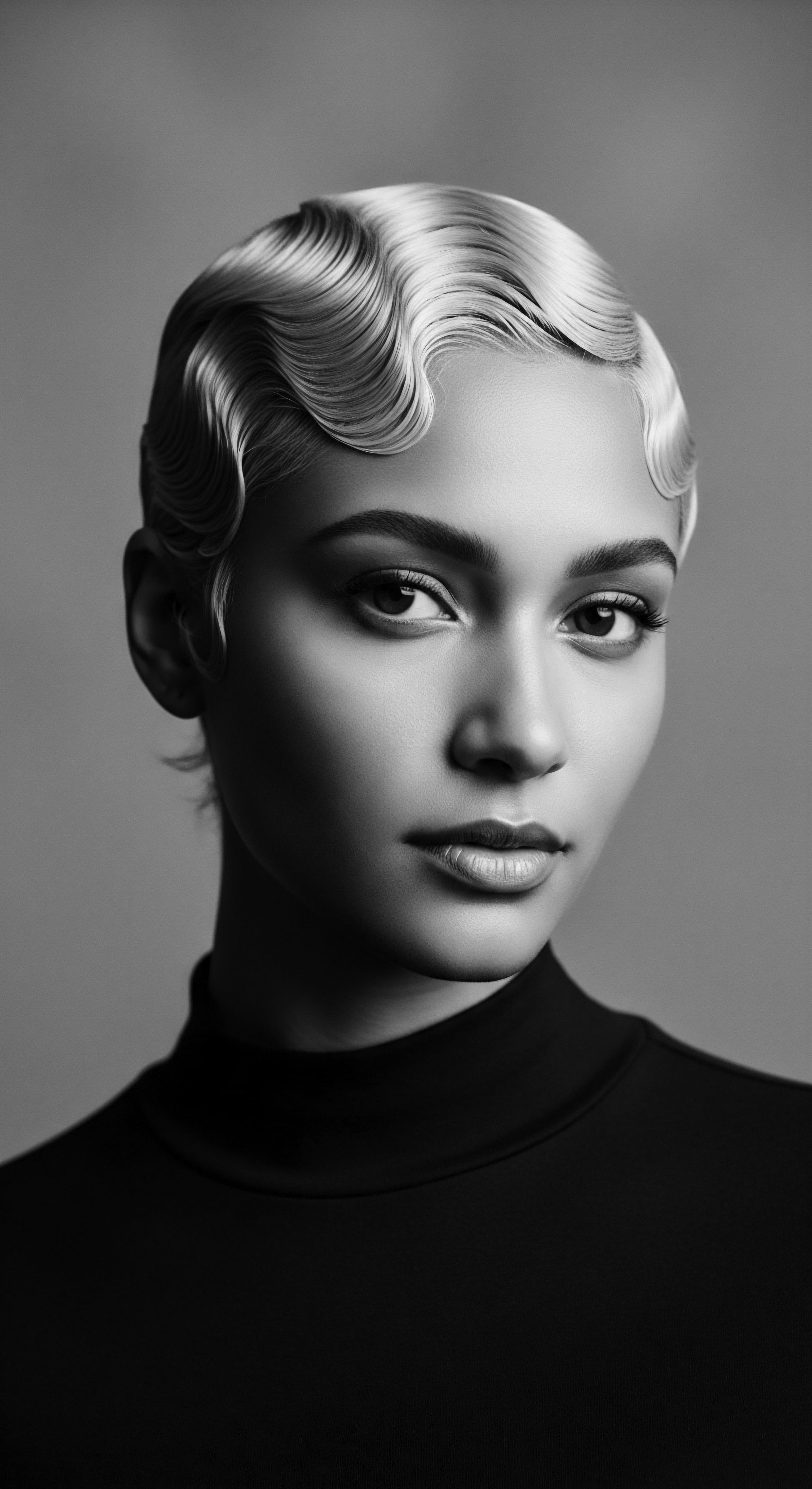
Ritual
The rituals surrounding textured hair have always transcended mere appearance; they are a tender thread connecting descendants to their ancestral origins, a vibrant conversation spanning generations. This deep connection to hair care traditions, passed down from elder to youth, forms a living heritage that legislation now seeks to recognize and protect. In ancient African societies, hair carried rich significance, conveying social standing, age, marital status, tribal affiliation, and even spiritual beliefs.
The acts of cleansing, oiling, braiding, and styling were communal, fostering bonds and transmitting cultural wisdom. These practices, woven into daily existence, were rarely separate from community life or personal identity.
Even amidst the profound devastation of the transatlantic slave trade, these rituals persisted, adapting and evolving. Braiding, for example, transformed into a covert form of communication, with specific patterns reportedly mapping escape routes to freedom or indicating where water and supplies could be found. Rice grains or seeds were sometimes braided into hair, a quiet act of survival and a symbolic link to the lands left behind. This speaks to the remarkable resilience of ancestral practices and the ingenuity with which they were maintained, even under the most brutal conditions.
Ancestral hair rituals preserve identity and communal bonds through generations, embodying resilience.
The legal battles of today, such as those that led to the CROWN Act, are not simply about the freedom to wear one’s hair as desired. They are about the affirmation of these ancient, life-affirming rituals and the profound cultural meanings embedded within them. When a workplace policy prohibits cornrows or locs, it dismisses a heritage that extends back millennia, overlooking a profound history of self-expression and survival. It discounts the very identity markers that have sustained communities through immense adversity.
Consider the daily act of caring for textured hair—the careful detangling, the application of natural butters and oils, the meticulous sectioning for braids or twists. These are echoes of practices that have nourished hair and spirits for centuries. Modern legislation, by shielding these styles from discrimination, helps create spaces where these heritage-rich routines can continue without fear of penalty, allowing the tender thread of tradition to remain unbroken.
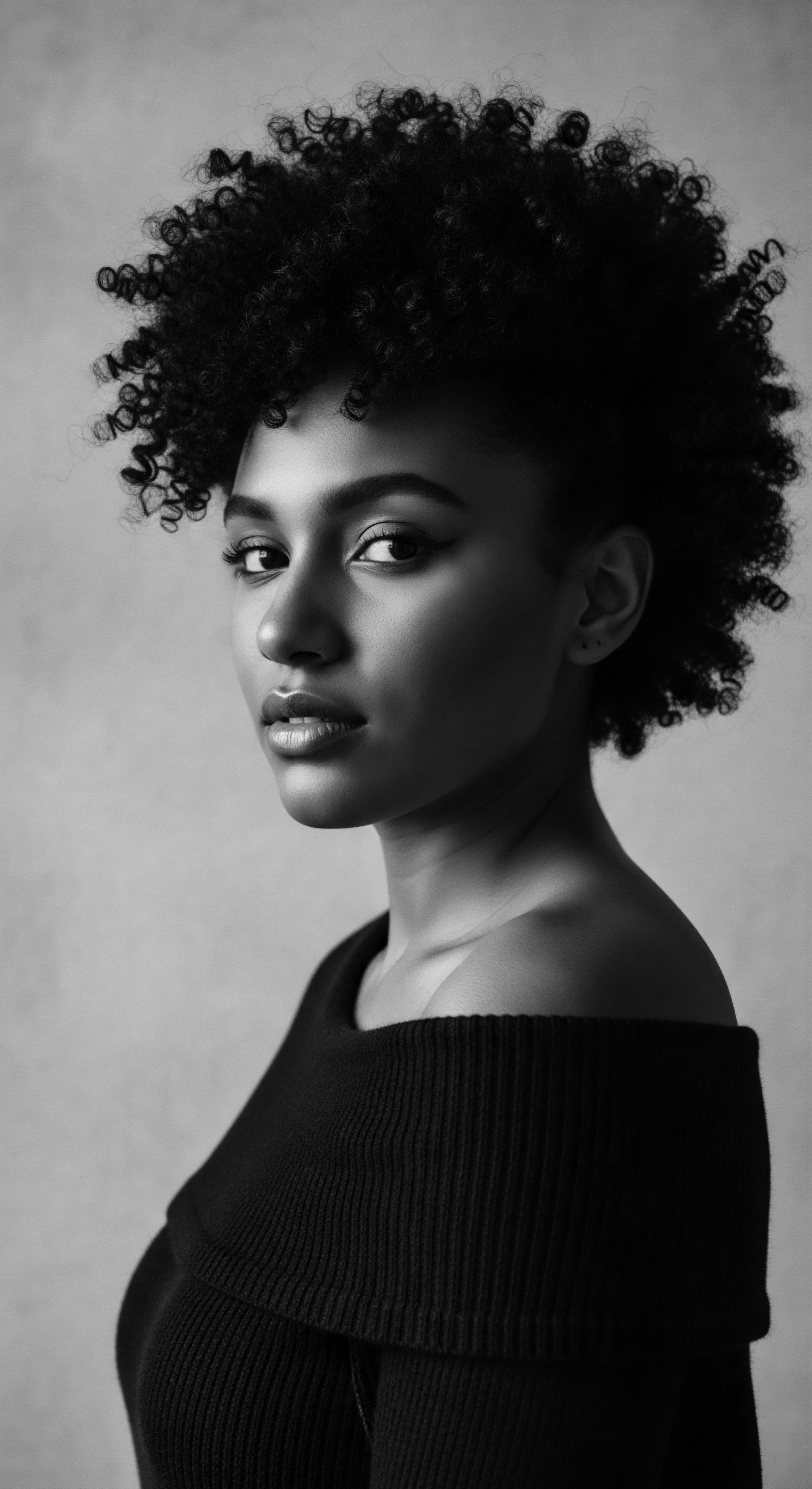
How Have Traditional Styling Methods Resisted Erasure?
The adaptability and resilience of ancestral hair care and styling techniques are truly remarkable. Despite systemic pressures to conform to Eurocentric beauty standards, the knowledge of how to care for and style textured hair has endured. This knowledge, often passed down orally and through hands-on practice, holds vital information on hair health, scalp care, and specific styling methods.
- Coiling ❉ This fundamental technique for shaping curls, often achieved through finger coiling or comb coiling, mirrors ancient methods used to define and enhance the natural curl patterns of textured hair.
- Braiding ❉ From foundational cornrows that lay close to the scalp, serving both protective and artistic purposes, to freestanding box braids, these styles reflect complex historical uses, including tribal identification and communication.
- Twisting ❉ Two-strand and three-strand twists, which protect hair and promote moisture retention, bear a direct link to ancestral practices designed to manage and care for coily hair in various climates.
- Oiling and Butters ❉ The consistent use of natural oils such as shea butter and coconut oil, alongside other plant-based emollients, for moisture and scalp health, directly parallels traditional African practices that valued these ingredients for their nourishing properties.
The perpetuation of these traditional styles and care regimens, sometimes despite economic and social pressures, underscores their intrinsic value within communities. They are not merely fashion statements; they are tangible links to identity, autonomy, and a continuum of cultural wisdom. The current legislative efforts, while modern in their construct, are deeply rooted in defending the continuity of these age-old customs and the cultural expressions they embody.
| Historical Period 18th Century Colonial Louisiana |
| Traditional Practice/Heritage Elaborate hairstyles, cultural identity through hair. |
| Legislative/Societal Pressure Tignon Laws (1786) mandating head coverings. |
| Community Adaptation/Response Headwraps transformed into artistic, defiant statements. |
| Historical Period Slavery Era (Americas) |
| Traditional Practice/Heritage Braiding for identity, communication, survival. |
| Legislative/Societal Pressure Forced hair shaving, restriction of styles. |
| Community Adaptation/Response Covert braiding as maps, hiding seeds. |
| Historical Period Post-Slavery/Jim Crow |
| Traditional Practice/Heritage Natural textures, traditional African styles. |
| Legislative/Societal Pressure Societal pressure for straightened, Eurocentric hair. |
| Community Adaptation/Response Emergence of hair straightening industries, limited embrace of natural styles. |
| Historical Period Modern Era (20th-21st Century) |
| Traditional Practice/Heritage Natural hair movement, protective styles (locs, braids). |
| Legislative/Societal Pressure Workplace/school discrimination, "unprofessional" labels. |
| Community Adaptation/Response Advocacy for anti-discrimination legislation (CROWN Act). |
| Historical Period Each historical period reveals the enduring spirit of textured hair heritage in the face of attempts to control or diminish it. |

Relay
The historical journey of textured hair—from revered ancestral marker to a target of colonial control, and then a symbol of modern resilience—finds a contemporary expression in the evolving landscape of legislation. The CROWN Act, an acronym for ‘Creating a Respectful and Open World for Natural Hair,’ stands as a crucial legislative stride, directly addressing the persistent discrimination against natural and protective hairstyles associated with racial identity. This measure seeks to amend existing laws, ensuring that discrimination based on hair texture or style is recognized as a form of racial bias.
The necessity for such legislation is stark. Despite generations of activism and cultural shifts, biases against textured hair remain widespread, particularly in professional and educational settings. A 2023 study found that 80% of Black women are more likely to change their hair from its natural state to conform to workplace settings (Gill, 2023).
This statistic alone speaks to a systemic pressure, a quiet coercion that pushes individuals away from their authentic selves and their inherited cultural expressions. These pressures, often subtle, accumulate into significant barriers to advancement and well-being.
Modern legislation defends ancestral hair practices, challenging systemic bias to honor identity.
The CROWN Act’s reach extends beyond simply preventing overt discrimination. It aims to reshape societal perceptions, fostering environments where textured hair, in all its forms—from tight coils to flowing locs and intricate braids—is recognized and celebrated as a legitimate aspect of racial identity and cultural heritage. The underlying principle is that traits historically associated with race should never be grounds for disadvantage. This move honors a legacy of resistance, building upon the spirit of those who defied the Tignon Laws by transforming oppression into artistry.
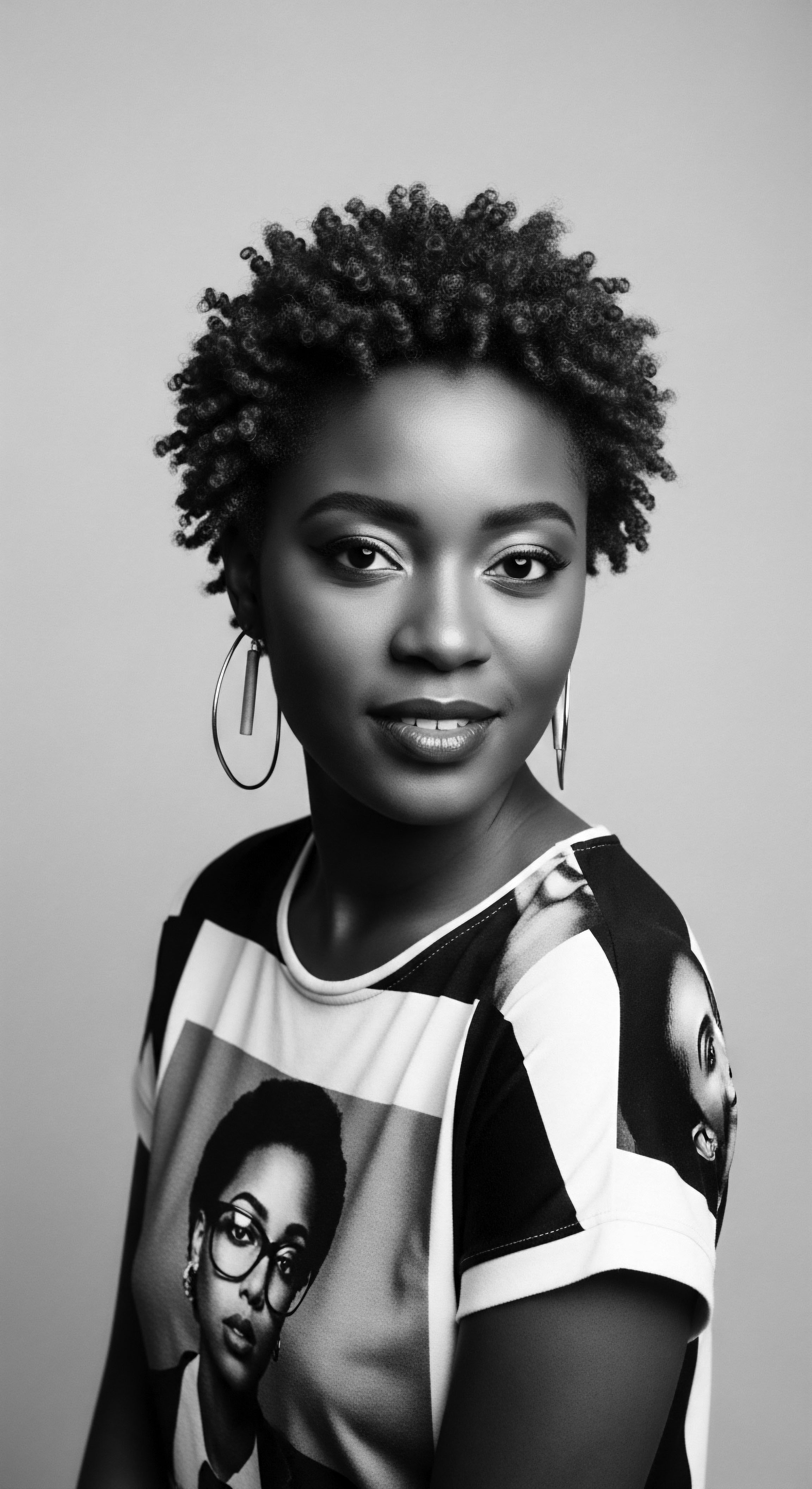
How Do Courts Wrestle With Hair as a Racial Trait?
For decades, legal systems have struggled with defining hair as an immutable racial characteristic. Early court rulings often drew a distinction between hair texture, which was sometimes acknowledged as racial, and hairstyles, which were deemed mutable choices. This created a loophole, allowing employers and institutions to ban specific styles like braids or locs, asserting they were matters of grooming policy, not racial discrimination.
The 1981 case of Rogers v. American Airlines exemplifies this challenge, where a Black woman was denied protection against a ban on braids because the court ruled braids were a changeable style, unlike an afro.
This legal ambiguity overlooked centuries of cultural practice where styles like braids were not arbitrary choices but deeply embedded expressions of heritage, lineage, and community. The CROWN Act intervenes directly here, expanding the definition of race to include hair texture and protective hairstyles. This legal recognition of the inherent connection between hair and racial identity is a significant advancement, working to close the very loopholes that perpetuated discrimination. It acknowledges that a style like a cornrow is not simply a chosen aesthetic; it carries the weight of history, a silent testament to ancestral continuity and cultural pride.
The legislative efforts also resonate with broader global movements acknowledging the intersection of hair, culture, and human rights. Around the world, Black and mixed-race communities continue to confront similar biases. The passage of the CROWN Act in multiple states across the United States, and its consideration at the federal level, represents a collective societal awakening to the necessity of protecting cultural expression.
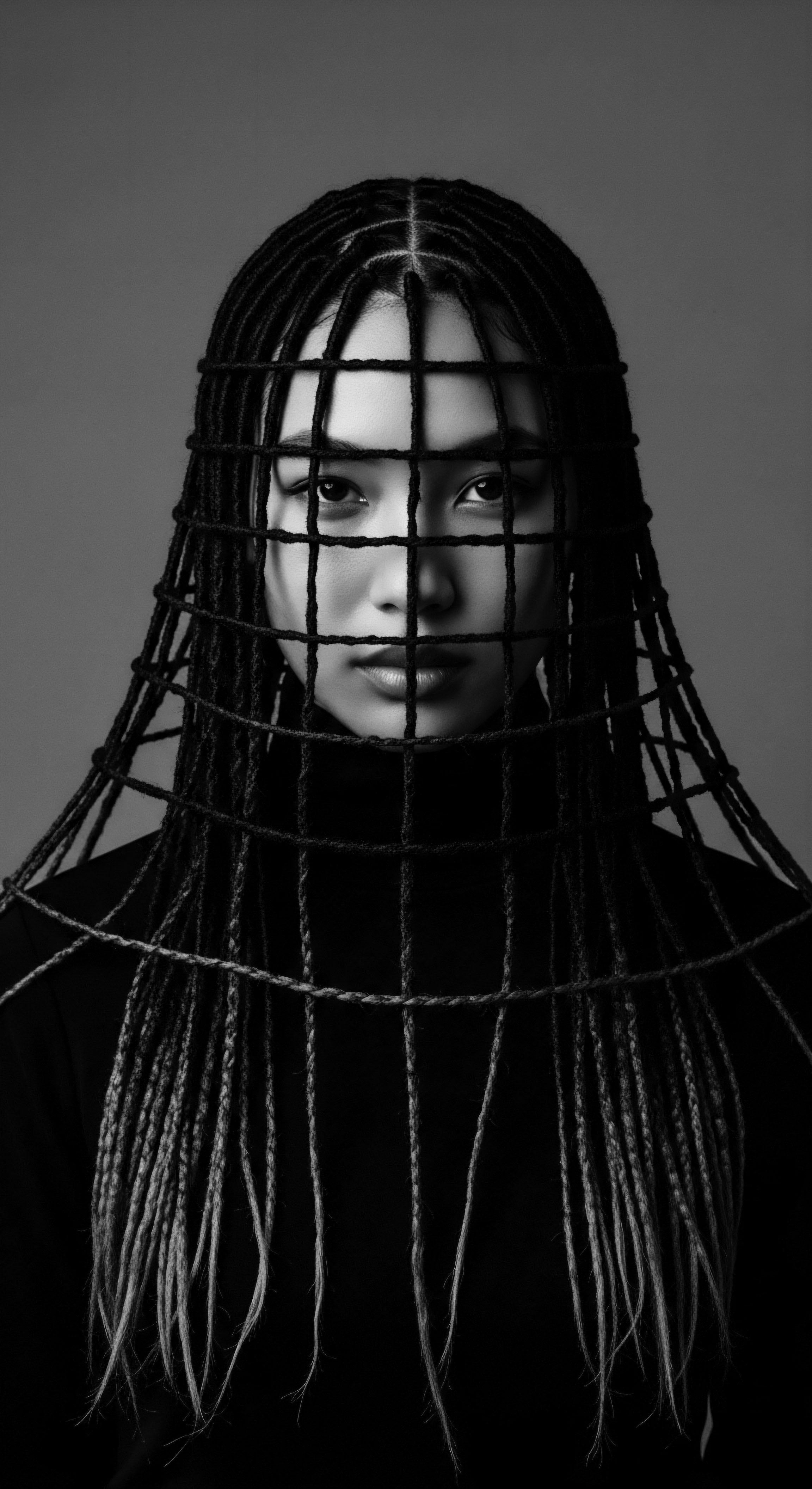
What Role Do Indigenous Practices Play in Legal Protection?
While the CROWN Act primarily focuses on Black and mixed-race hair, the broader discourse around hair legislation intersects with the rights of Indigenous communities to express their cultural identity through traditional hairstyles. Many Indigenous peoples maintain long hair as a spiritual practice, a connection to their heritage, and a symbol of identity. Cases have arisen where Indigenous students or individuals in institutional settings have faced pressure or requirements to cut their hair, directly infringing upon these sacred practices.
Legal arguments defending these practices often cite protections for religious or cultural expression, asserting that denying individuals the right to wear traditional hairstyles violates fundamental freedoms. The legal framework surrounding Indigenous hair often draws parallels to the broader struggle against cultural insensitivity and the right to maintain ancestral customs in modern contexts. This underscores a shared struggle among diverse communities of color to have their hair, and the deeply personal and historical meanings it carries, recognized and respected within legal systems.
- Spiritual Significance ❉ For many Indigenous nations, long hair is considered a spiritual conduit, a connection to ancestors, and a symbol of strength and identity.
- Cultural Continuity ❉ Maintaining traditional hairstyles like braids or specific cuts upholds ancient practices and ensures the passing of cultural knowledge through generations.
- Legal Advocacy ❉ Activists and legal groups work to secure protections for these practices, often referencing religious freedom and anti-discrimination statutes.
The legislative journey for textured hair, across various racial and ethnic groups, illustrates a growing recognition that personal appearance, when tied to heritage and identity, is a matter of fundamental human rights. It seeks to correct historical injustices and build a future where self-expression, rooted in ancestral wisdom, is safeguarded.
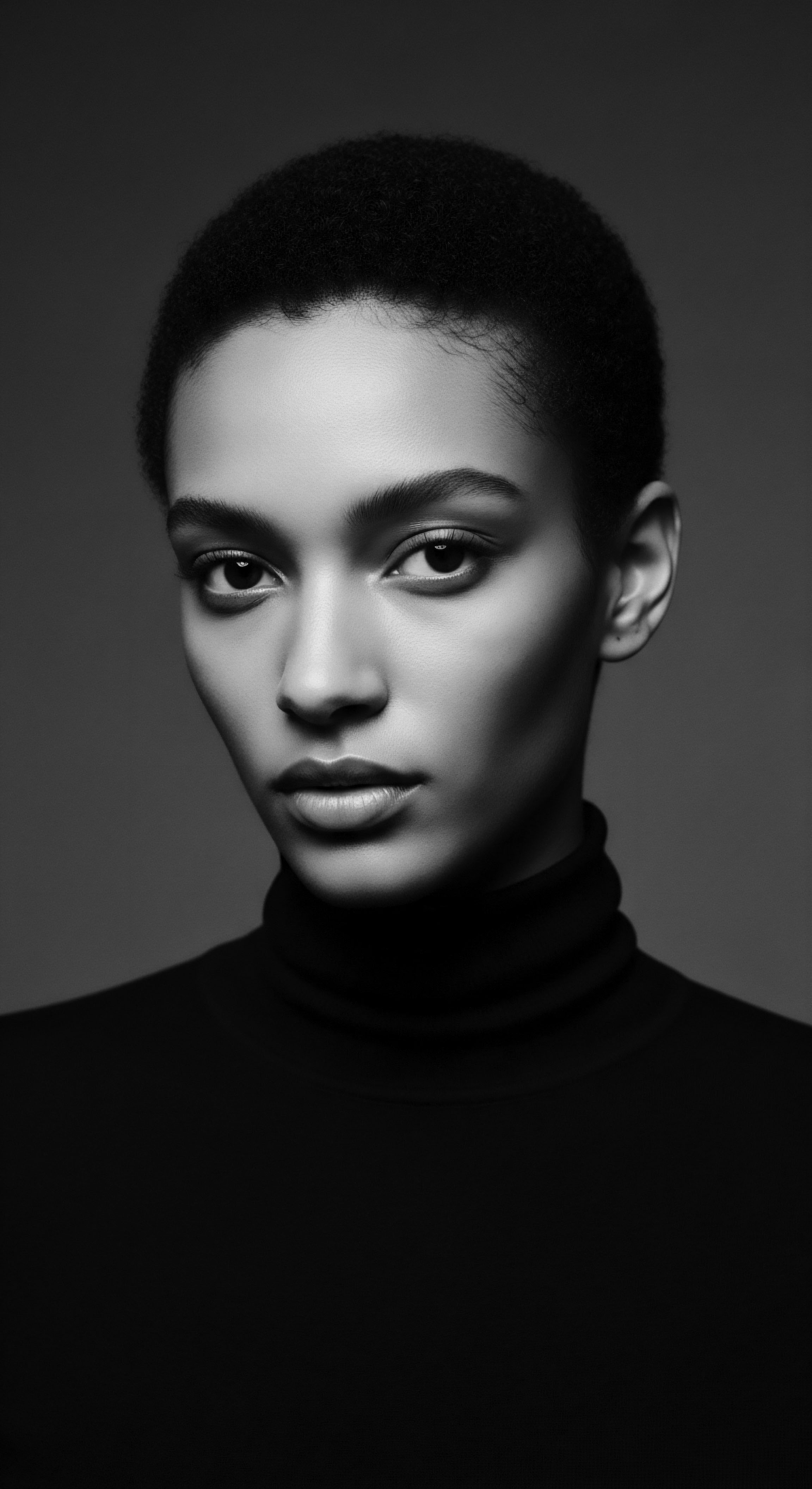
Reflection
The journey through textured hair legislation and its ancestral roots is more than a legal discourse; it is a profound meditation on the enduring spirit of heritage. Each coiled strand, each carefully sectioned braid, whispers stories of survival, artistry, and an unbreakable link to the past. The legislative advancements of our current moment, while seemingly contemporary, are but new chapters in an ancient narrative—a continuum of resistance against forces that sought to diminish or erase this physical testament to identity.
The essence of Roothea’s ‘Soul of a Strand’ ethos finds its deepest resonance here ❉ recognizing that textured hair is not merely biological matter, but a living, breathing archive. It carries the wisdom of ancestral hands that once intricately braided patterns of community and escape. It holds the echoes of spirited defiance, as seen in the vibrant tignons of New Orleans. It embodies the quiet strength of those who, through generations, nurtured their hair with indigenous ingredients and time-honored rituals, passing down not only techniques, but also a sense of self-worth.
The evolving legal landscape, symbolized by acts recognizing natural hair, represents a collective societal aspiration ❉ to honor the intrinsic connection between a person’s being and their ancestral legacy. It is a societal commitment to ensuring that no individual faces prejudice for carrying forward the visual traditions of their forebears. As we move ahead, the pursuit of hair autonomy remains entwined with the broader human quest for dignity and self-determination. The laws we enact today are not simply protecting hair; they are safeguarding the very soul of a strand, allowing it to continue its journey, unbound and vibrant, into futures yet unwritten.

References
- Gould, Virginia M. The Devil’s Lane ❉ Sex and Race in the Early South. Oxford University Press, 1992.
- Gill, Deepali. “Don’t Touch My Hair ❉ How Hair Discrimination Contributes to the Policing of Black and Brown Identities While Upholding White Supremacy.” Golden Gate University Law Review, vol. 53, no. 1, 2023, pp. 1-38.
- Byrd, Ayana, and Lori Tharps. Hair Story ❉ Untangling the Roots of Black Hair in America. St. Martin’s Press, 2002.
- Caldwell, Paulette. “A Hair Piece ❉ Perspectives on the Historical Social and Legal Aspects of Afro and Kinky Hair.” Harvard Civil Rights-Civil Liberties Law Review, vol. 27, no. 1, 1991, pp. 69-106.
- Johnson, Alisha, and Keshia L. Bankhead. “Black women’s perceptions of their hair in the workplace.” Journal of Black Studies, vol. 45, no. 6, 2014, pp. 586-601.
- Tinker, Mary. “The Law of Hair.” American Indian Law Review, vol. 2, no. 1, 1974, pp. 83-92.
- Everett, Donald E. “Free Persons of Color in Colonial Louisiana.” The Louisiana Historical Quarterly, vol. 1, no. 1, 1966, pp. 21-50.
